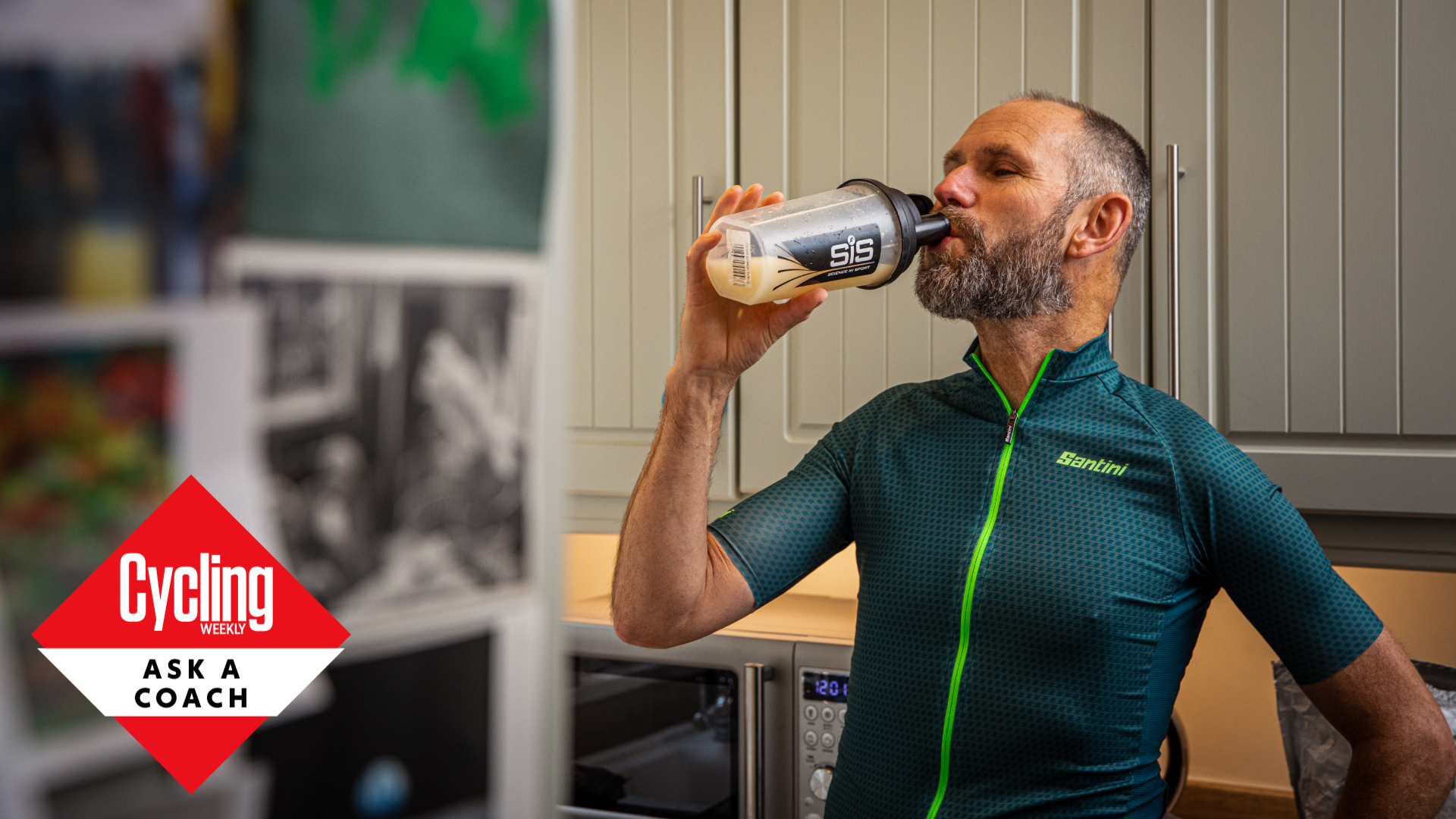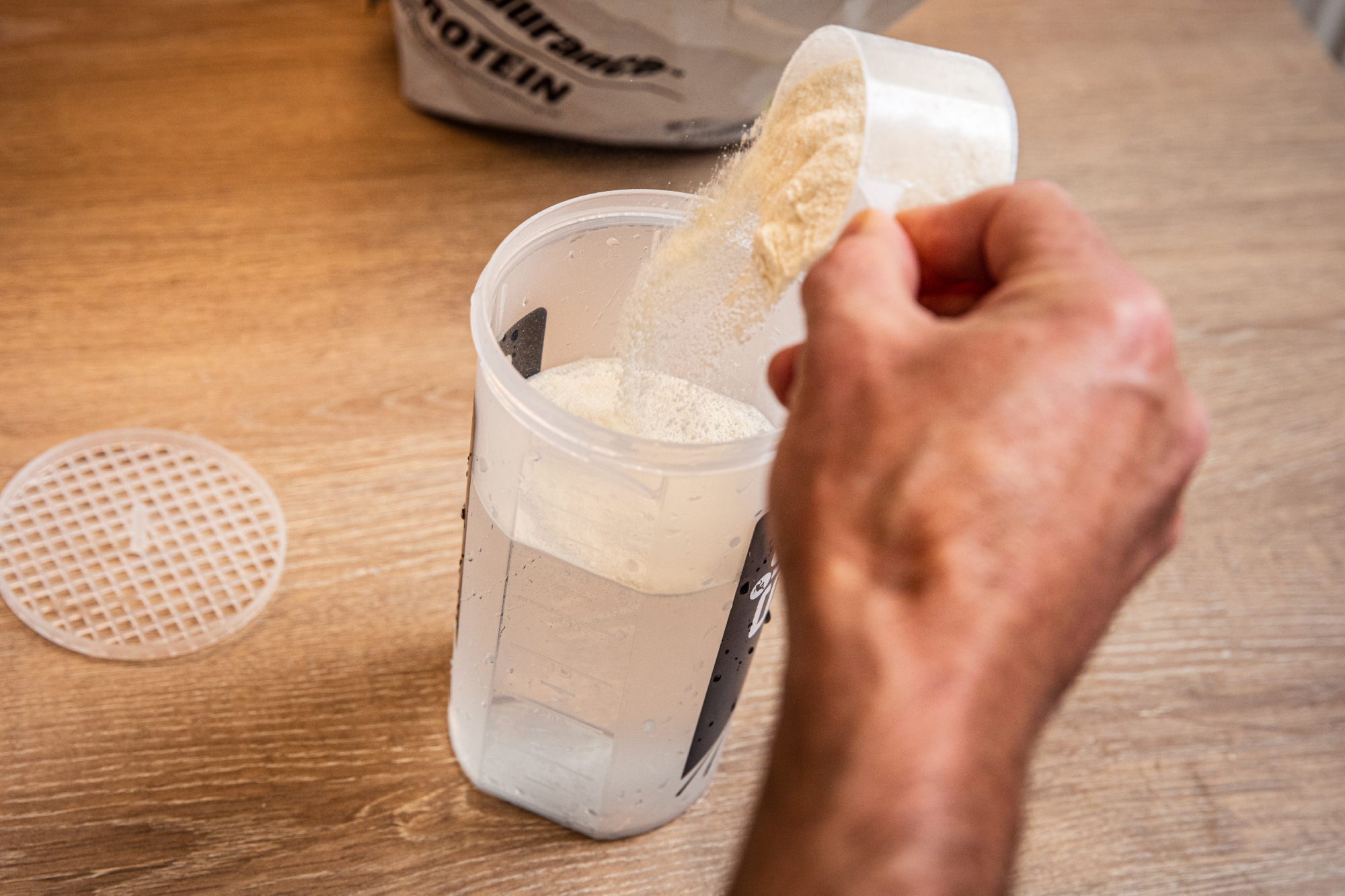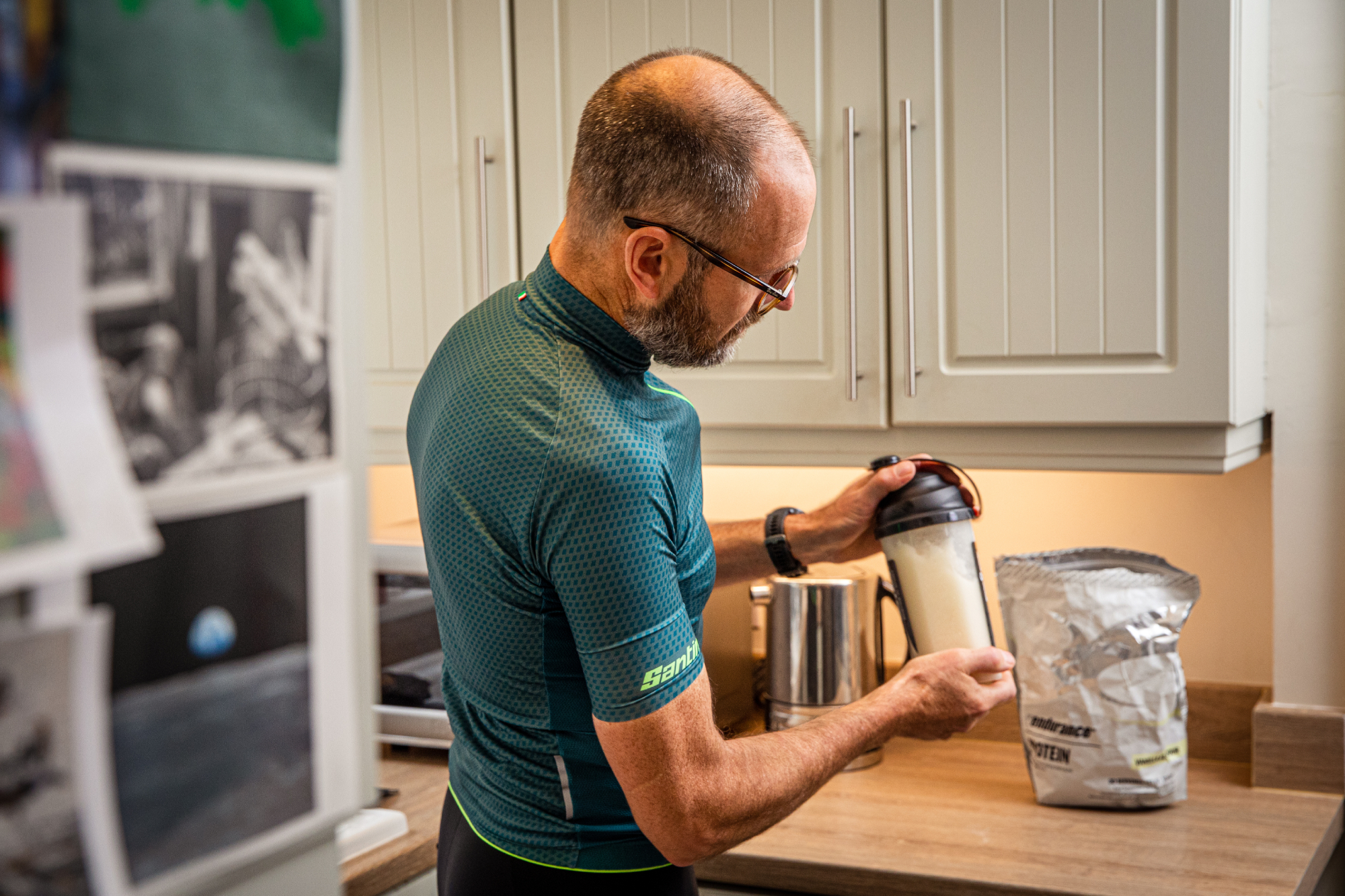
We all know that recovery is paramount to improving performance. Recovery is when all the adaptations take place. By optimising recovery, we can hopefully, optimise adaptations and that means we get fitter faster.
The basics of recovering effectively are plenty of sleep and good-quality nutrition. One thing that most cyclists do, or at least they should do, is to take one of the best recovery drinks after a hard training session. But with a myriad of different offerings out there – what needs to be in a recovery shake? Cycling coach James Spragg details what you should be looking for and explains why that's the case...
When you finish a training session two things need to happen – firstly you need to replace the fuel you have used, and secondly, you need to give your body the ingredients to build more structures within the body – be that new muscle fibres, new capillaries or new mitochondria.
Building new structures
To build new structures in the body you need the basic building blocks. We call these amino acids. There are roughly 20 different amino acids that we use to make all the proteins in our body. However, there are nine of these basic building blocks that we, as mammals, cannot synthesis ourselves. Therefore, after exercise, it’s a good idea to take in enough of these nine essential amino acids. Do this and your body has everything it needs to rebuild and get stronger.
Re-fuelling

However, that is only half the story. Building alone is like putting a body kit on yourcar but forgetting to put any fuel in it. It might look a bit different but it wont be going anywhere quickly.
When we exercise, we use a mix of carbohydrates and fats as fuel. Even the leanest of athletes has plenty of fat so we don’t need to worry about replenishing fat stores.
However, we only have limited carbohydrate stores. We store carbohydrates in the body as glycogen. In total, we only store around 80g of glycogen in the liver and ~300-500g of glycogen in the muscles. That is not a lot!
After exercise, we have a 30–40 minute window in which our bodies can, relatively quickly, replenish glycogen stores. After that, we move outside of the optimal window and glycogen replenishment slows down.
Fuelling after exercise

So straight after exercising our bodies need two things – essentially amino acids and carbohydrates. Therefore, these are the key ingredients in any recovery shake. If you want to maximise performance, make sure you have both in your recovery shake. Protein alone is not sufficient to maximise recovery.
A top-secret tip is that while there are some great products out there, we don’t always need to rely on specific drinks to optimise recovery. 500ml of chocolate milk will also provide everything your body needs – plus it tastes a lot nicer!
As well as recovery shakes, the sports sector is packed with products purporting to boost recovery - we've assessed whether they really provide recovery boosting effects in our guide on the truth about recovery aids for cycling.







